Merlot is one of the most widely grown and appreciated red grape varieties in the world of wine. Known for its...
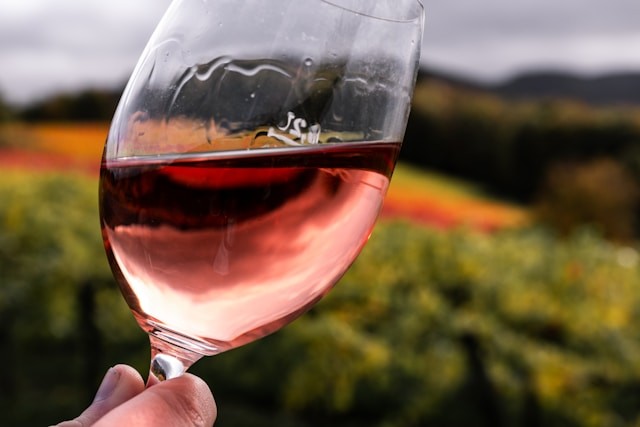
The Allure of Rosé Wine: A Complete Guide to Enjoying It
Rose wine has left behind its former reputation as a simple summer wine to become a respected and versatile category. With its wide range of styles, from the palest and freshest to the most intense and structured, rosé wine conquers palates at any time of the year. Its attractive colour, its balance between fruit and acidity, and its ability to pair with a variety of dishes make it a must in any wine cellar.
In this article, we will explore what exactly rosé wine is, its fascinating history, how it is made, the best pairings and, of course, if you are looking to buy rosé wine we will recommend some of the best options you can find in our online wine shop.
What is Rosé Wine?
Rosé is a type of wine that gets its signature pink hue from brief skin contact with red grape skins during maceration. Unlike red wine, where skins remain in contact with the juice for days or weeks, rosé's maceration lasts just a few hours. This gives it a delicate color and fresh, fruity profile.
It should not be confused with blends of red and white wine (like some clarets), as true rosé is made exclusively from red grapes with limited skin contact.
The Origin and History of Rosé Wine
Rosé is one of the oldest wine styles in existence. Historians believe the first wines made by ancient Phoenicians and Greeks were closer to what we now call rosé than deep reds, due to primitive winemaking techniques with limited color extraction.
By the Middle Ages, Provence in France was intentionally producing rosé wines, but it wasn’t until the 20th century that rosé gained global popularity. Today, France, Spain, and Italy lead production, each with their own distinctive styles.
How is Rosé Wine Made?
There are several methods for making rosé, but the most common are:
Limited Skin Maceration
The most traditional method. Red grapes are destemmed and gently pressed, with skins left in contact with the juice for 2 to 24 hours. After this period, the skins are removed, and the juice ferments like white wine. This produces rosés with more structure and fruit-forward aromas.
Saignée ("Bleeding") Method
Primarily used in red wine production, this involves "bleeding off" some juice early in maceration. This lightly tinted juice, with fewer tannins, is fermented separately to create a more intense rosé.
Blending Method
Less common for quality rosés, this involves mixing red and white wine. This approach is banned in many appellations except regions like Champagne, where it's used for some sparkling rosés.
Types of Rosé and Key Styles
Not all rosés are alike. Their profile varies by grape variety, region, and production method:
Provence Rosés (France)
Pale and delicate, with floral and citrus notes. Made mainly from Grenache, Cinsault, and Syrah.
Spanish Rosados
Typically fruitier and more vibrant, especially those from Navarra (Garnacha) and Rioja (Tempranillo).
Italian Rosatos
Like Chiaretto del Garda (Corvina) or Salento rosés (Negroamaro), which are more structured with ripe red fruit notes.
New World Rosés
California, Argentina, and South Africa produce fuller-bodied rosés, often from Syrah or Malbec.
Food Pairing: What to Serve with Rosé Wine?
One of rosé's greatest strengths is its food versatility. Here are some perfect pairings:
- Salads and grilled vegetables: A crisp Provence rosé is ideal.
- Fish and seafood: Lighter rosés pair beautifully with oysters or sushi.
- White meats: Grilled chicken or pork work well with medium-bodied rosés.
- Spicy dishes: Slightly sweet rosés (like some Grenache-based ones) balance heat.
- Soft cheeses: Goat cheese, feta, or brie are excellent choices.
The Best Rosé Wines to Buy Online
If you're ready to explore rosé, our online store offers a curated selection. Visit our website to discover more options and find your perfect rosé match.
Rosé wine is far more than a seasonal trend—it's a historic, diverse style with incredible gastronomic potential. Whether you prefer mineral-driven crispness or bold fruitiness, there's a rosé for every occasion.
If you haven't yet made rosé part of your wine journey, we invite you to explore our selection and discover its refreshing charm. Cheers to great wine!

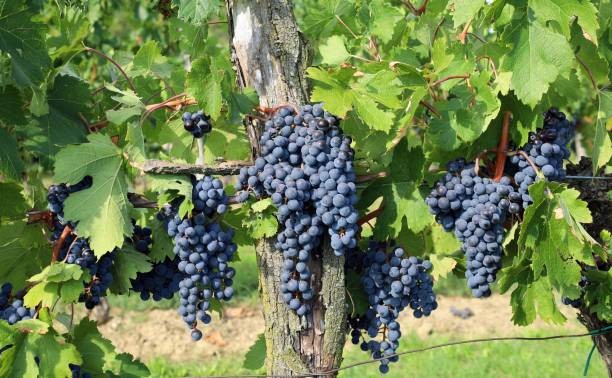
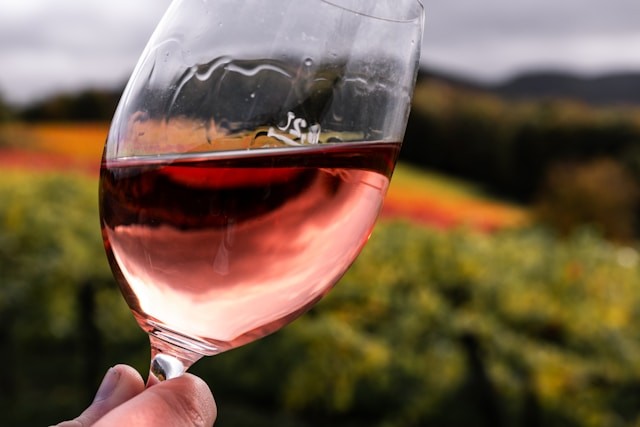
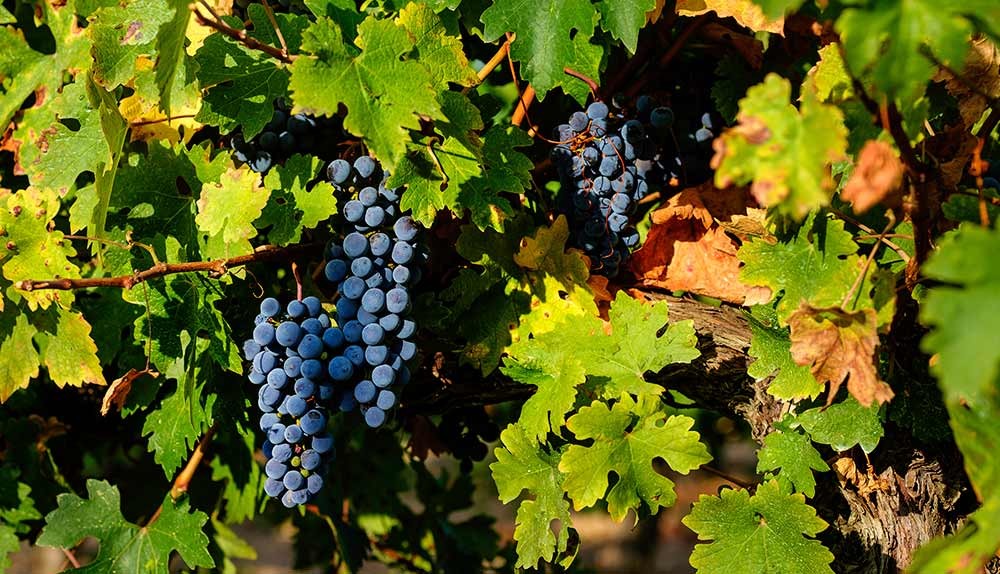



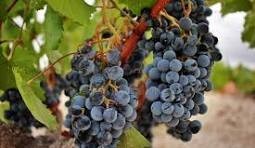

Leave a comment